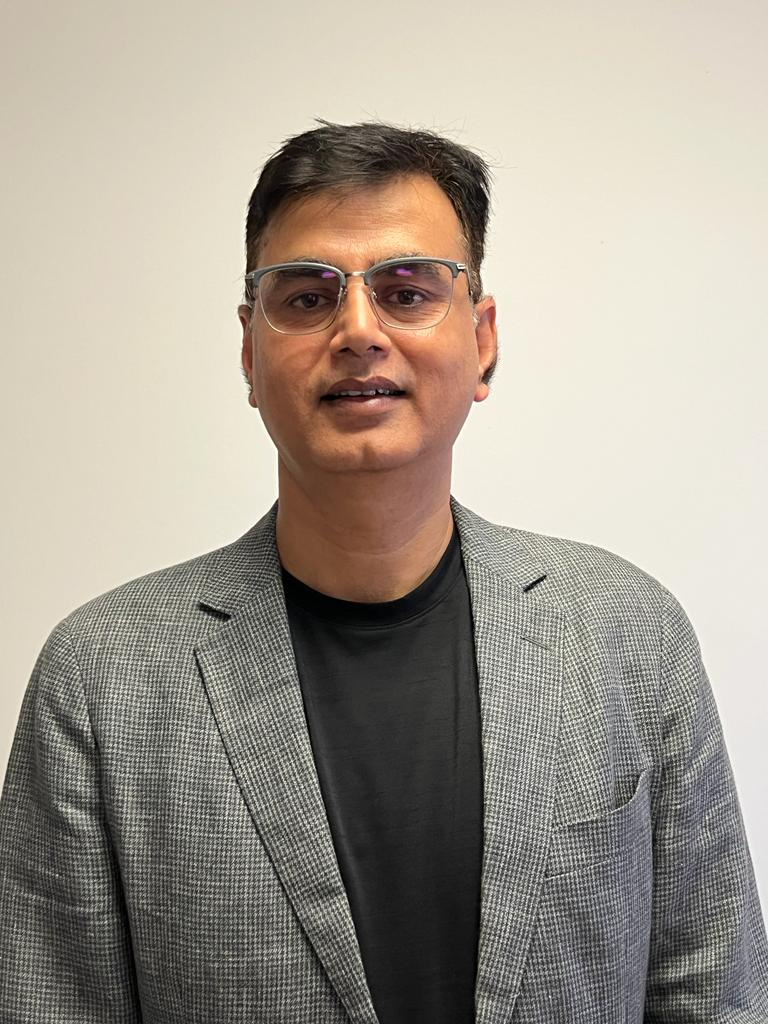
Ashwinee Kalkura
He is SAFe® Premier Trainer, SAFe® SPCT, AHRA (Agile HR Enabler), and an experienced Agile Coach,... Read more

He is SAFe® Premier Trainer, SAFe® SPCT, AHRA (Agile HR Enabler), and an experienced Agile Coach,... Read more

Scaled Agile Framework, SAFe® is the world's leading framework for Business Agility. SAFe® is built around seven Core Competencies with Customers as a focal point in the center.
The seven core competencies each have three dimensions making it a total of twenty-one dimensions to enable Business Agility. These dimensions contain some of the practices, patterns, and guidelines to Scale Agility across the enterprise.
To survive and thrive through digital disruption, organizations should master the mindset and technical practices of DevOps. DevOps enables the Continuous Delivery Pipeline or CDP.
These approaches to DevOps guide the teams and organization towards continuous value delivery and business outcomes. DevOps strives to achieve Speed and Stability both at the same time, involving everyone on the Value Stream towards business outcomes. Factors like Increased frequency of deployment/delivery, quality, decreased risk, and improved mean time to recovery (MTTR) become a reality in this approach.
The following categories of tools/thoughts could be of great help in building the right automation.
Measuring the flow, quality and value is paramount and each organization should think from the customer's (internal and external) perspective, about what makes sense for them.
The skills needed from tools, technology, and mindset perspectives play a key role too. Lean thinking and rehearsing for failures are some of the key factors and practices to imbibe in the teams for this facet of DevOps to be successful.
He is SAFe® Premier Trainer, SAFe® SPCT, AHRA (Agile HR Enabler), and an experienced Agile Coach, Consultant, and passionate Trainer (SAFe®, IC Agile, and Axelos Accredited) with a demonstrated history of working in the Retail, Mobile, Industrial Automation, Banking, and Networking industries. Strong engineering professional skilled in Agile Methodologies (SAFe®, Scrum, XP, Kanban), Technical Practices, Test Automation, and Stakeholder Management. Trained over 2000 people on Certification-based training.
WhatsApp Us

We will get back to you soon!
For a detailed enquiry, please write to us at connect@agilemania.com
We will get back to you soon!
For a detailed enquiry, please write to us at connect@agilemania.com

